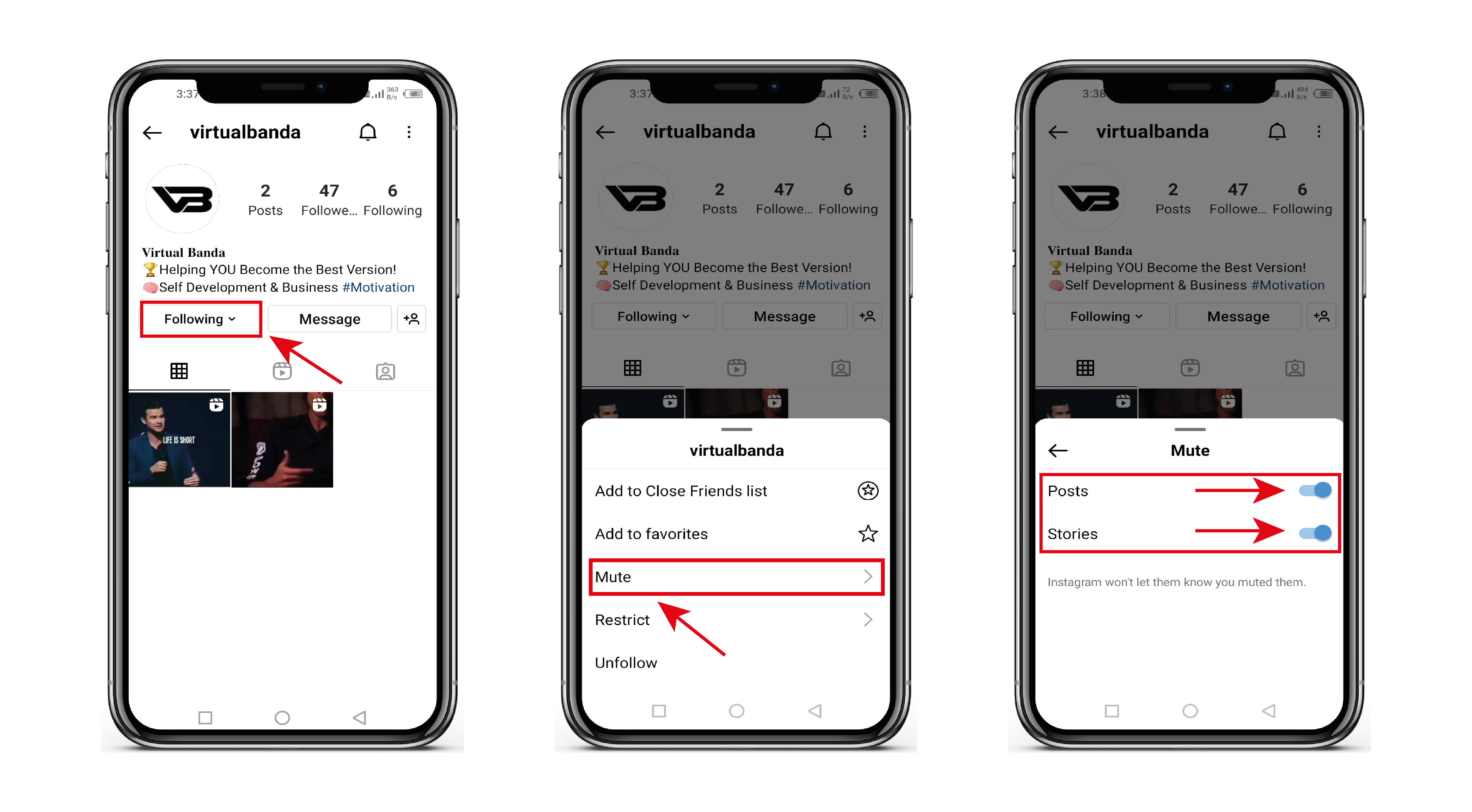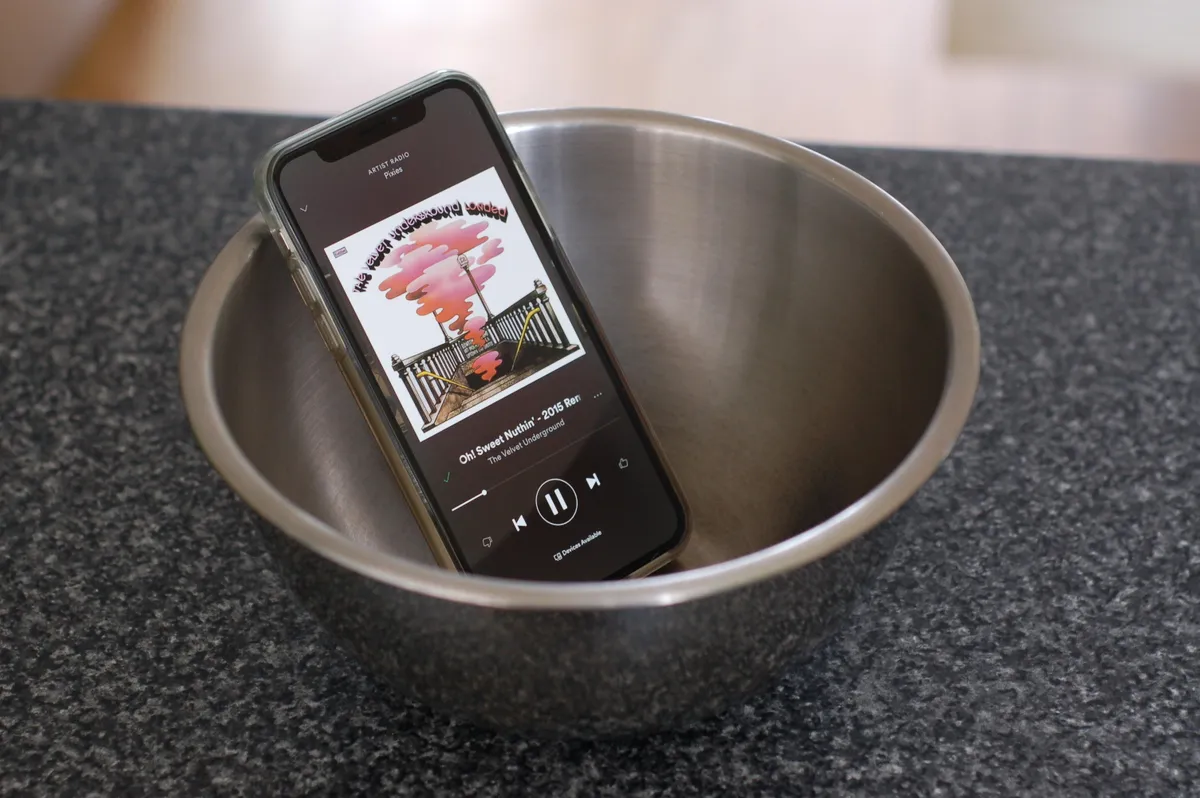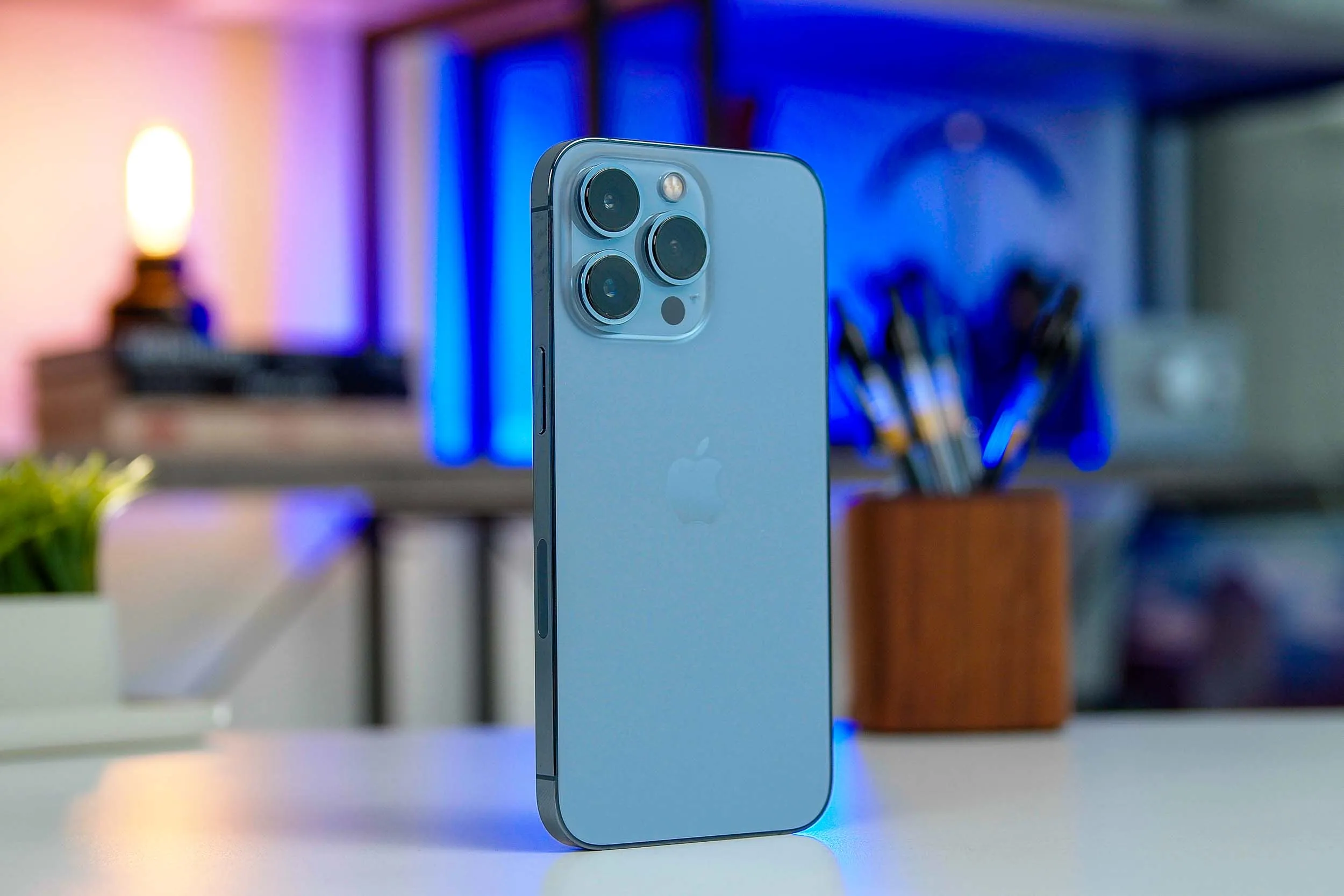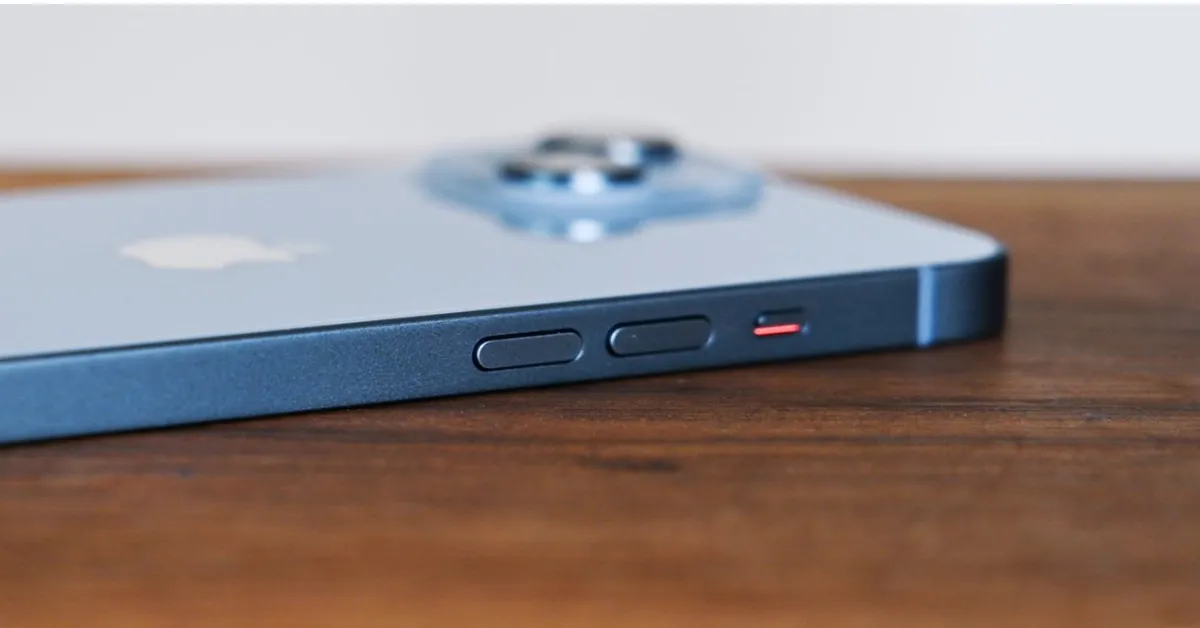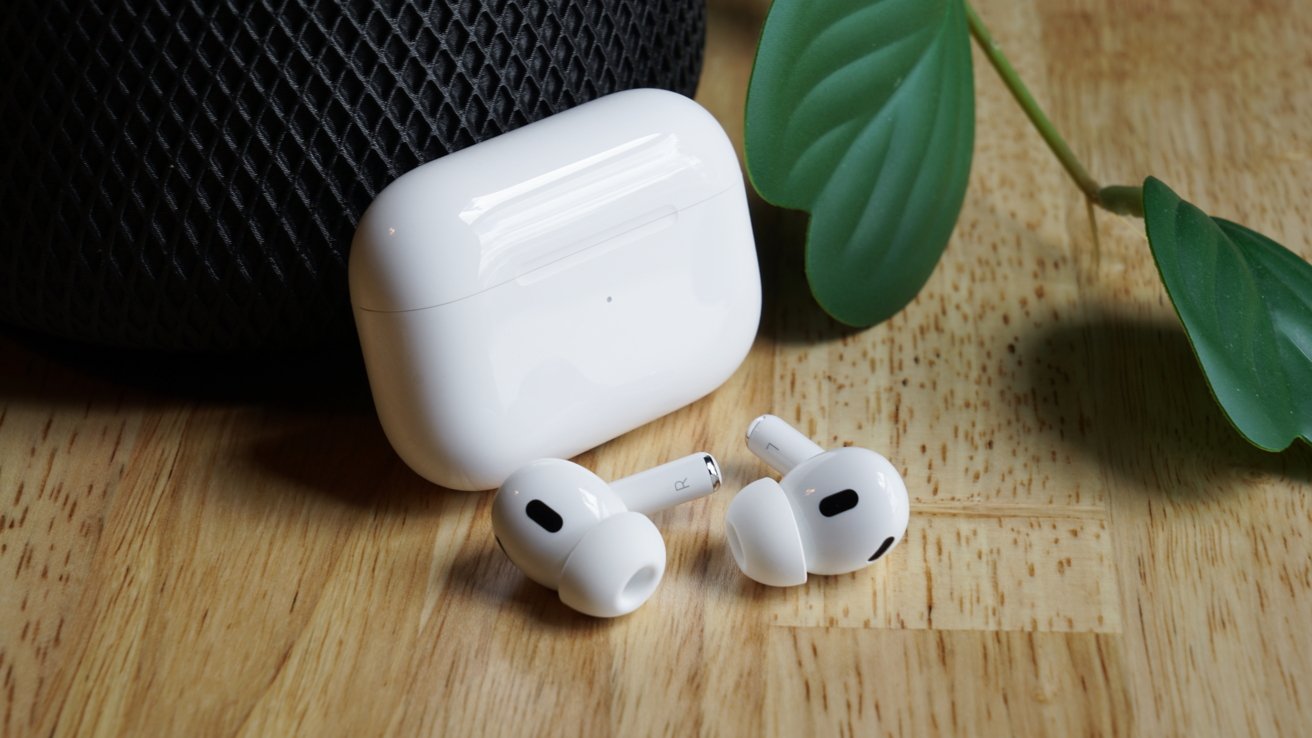Common Causes of iPhone Speaker Cutting Out
Common Causes of iPhone Speaker Cutting Out
Experiencing issues with your iPhone speaker cutting out can be frustrating and disruptive. Understanding the common causes of this problem can help you troubleshoot and resolve the issue effectively. Here are some of the typical reasons why your iPhone speaker may be cutting out:
- Software glitches: The software running on your iPhone may encounter glitches or bugs that can affect the performance of the speaker.
- Physical obstructions: Dust, lint, or debris may accumulate around the speaker grille, affecting sound output.
- Outdated software: Running an outdated version of iOS can lead to compatibility issues that affect the functionality of the speaker.
- Bluetooth interference: Connected Bluetooth devices or AirPlay may interfere with the speaker output, causing intermittent cutouts.
- Hardware damage: Physical damage to the speaker components or the iPhone itself can lead to sound disruptions.
These common causes can contribute to the iPhone speaker cutting out, but with the right troubleshooting steps, you can address the issue and restore your device’s audio functionality.
How to Clean iPhone Speaker
Regular maintenance of your iPhone speaker can help prevent sound issues and ensure optimal audio quality. Here’s a step-by-step guide on how to clean your iPhone speaker effectively:
- Gather the necessary tools: Before starting the cleaning process, gather a soft-bristled brush, compressed air, and a microfiber cloth. These tools will help you remove debris without causing damage to the speaker.
- Power off your iPhone: To avoid accidental damage, power off your iPhone before proceeding with the cleaning process.
- Inspect the speaker grille: Use a flashlight to inspect the speaker grille for any visible debris, dust, or lint accumulation. If you notice any obstructions, proceed with caution to avoid pushing the debris further into the speaker.
- Brush away surface debris: Gently brush the speaker grille and surrounding areas with a soft-bristled brush to dislodge any loose debris. Be gentle to prevent causing damage to the speaker components.
- Use compressed air: Carefully use compressed air to blow away any remaining particles from the speaker grille. Hold the can of compressed air upright and use short bursts to avoid excessive pressure on the speaker.
- Wipe the speaker grille: Use a microfiber cloth to gently wipe the speaker grille and surrounding areas. Ensure that the cloth is clean and free of any abrasive particles that could scratch the iPhone’s surface.
- Test the speaker: After cleaning, power on your iPhone and test the speaker to ensure that the sound output is clear and free from any obstructions.
By following these steps, you can effectively clean your iPhone speaker and maintain optimal audio performance. Regular cleaning can prevent sound disruptions and prolong the lifespan of your device’s speaker components.
Update iOS Software
Keeping your iPhone’s operating system up to date is crucial for maintaining the overall performance and functionality of the device, including the speaker. Here’s how you can update the iOS software to potentially resolve the speaker cutting out issue:
- Check for updates: Go to the “Settings” app on your iPhone and select “General.” Tap on “Software Update” to check if a new iOS version is available for your device.
- Download and install: If an update is available, follow the on-screen prompts to download and install the latest iOS version. Ensure that your iPhone is connected to a stable Wi-Fi network and has sufficient battery life to complete the update.
- Restart your iPhone: After the update is installed, restart your iPhone to ensure that the changes take effect. This can help resolve any software-related issues that may have been affecting the speaker’s performance.
- Test the speaker: Once your iPhone restarts, test the speaker to see if the cutting out issue has been resolved. Play audio from various sources to ensure that the sound output is consistent and clear.
Updating the iOS software can address software-related glitches and bugs that may have been causing the speaker to cut out intermittently. By staying up to date with the latest iOS releases, you can take advantage of performance improvements and bug fixes that contribute to a better overall user experience.
Disable Bluetooth and AirPlay
Interference from connected Bluetooth devices or AirPlay can sometimes lead to disruptions in the iPhone speaker’s performance. To troubleshoot the cutting out issue, consider disabling Bluetooth and AirPlay using the following steps:
- Turn off Bluetooth: Open the “Settings” app on your iPhone and select “Bluetooth.” Toggle the switch to turn off Bluetooth connectivity. This action will disconnect any paired Bluetooth devices and prevent potential interference with the iPhone speaker.
- Disable AirPlay: If AirPlay is active, swipe down from the top-right corner of the screen (iPhone X or later) or swipe up from the bottom of the screen (iPhone 8 or earlier) to access Control Center. Tap the AirPlay icon and select “iPhone” as the output device to disable AirPlay.
- Test the speaker: After disabling Bluetooth and AirPlay, test the iPhone speaker to determine if the cutting out issue has been resolved. Play audio from various apps and sources to ensure that the sound output remains consistent and uninterrupted.
By turning off Bluetooth and disabling AirPlay, you can eliminate potential sources of interference that may have been impacting the performance of your iPhone speaker. This troubleshooting step can help isolate the issue and identify whether external connections were contributing to the intermittent sound disruptions.
Check for Physical Damage
Physical damage to the iPhone or its speaker components can lead to sound disruptions and performance issues. To assess and address any potential physical damage, follow these steps:
- Inspect the exterior: Carefully examine the exterior of your iPhone for any signs of physical damage, such as dents, cracks, or scratches. Pay close attention to the speaker grille and surrounding areas for visible damage.
- Check for water damage: If your iPhone has been exposed to moisture or liquid, check for signs of water damage. Look for indicators such as watermarks, corrosion, or changes in the color of the internal components.
- Test the speaker: Play audio on your iPhone and listen for any abnormalities in sound quality or output. Note any instances of distortion, muffled sound, or intermittent cutouts that may indicate speaker damage.
- Visit an authorized service provider: If you suspect physical damage to the speaker or the iPhone itself, consider visiting an authorized Apple service provider for a professional assessment. Trained technicians can diagnose and address any physical issues affecting the device.
By checking for physical damage and assessing the condition of your iPhone, you can determine whether external factors are contributing to the speaker cutting out issue. Addressing any identified damage promptly can help prevent further deterioration of the device’s audio functionality.
Reset All Settings
If you’ve encountered persistent issues with your iPhone speaker cutting out, performing a reset of all settings can help eliminate potential software-related conflicts and restore the device to its default configuration. Here’s how you can reset all settings on your iPhone:
- Access the settings: Open the “Settings” app on your iPhone and navigate to “General.”
- Reset all settings: Scroll down and select “Reset,” then choose “Reset All Settings.” You may be prompted to enter your device passcode to confirm the action.
- Confirm the reset: After selecting “Reset All Settings,” your iPhone will prompt you to confirm the action. Confirm the reset to proceed.
- Wait for the process to complete: The reset process may take a few moments to complete. Once finished, your iPhone will restart with all settings restored to their defaults.
- Test the speaker: After the reset is complete and your iPhone restarts, test the speaker to determine if the cutting out issue has been resolved. Play audio from various apps and sources to ensure that the sound output remains consistent and uninterrupted.
Resetting all settings can help address software-related conflicts or misconfigurations that may have been impacting the performance of your iPhone speaker. It provides a comprehensive reset of system settings without affecting your personal data or media, making it a valuable troubleshooting step for resolving persistent issues.
Contact Apple Support
If you’ve exhausted troubleshooting options and are still experiencing issues with your iPhone speaker cutting out, reaching out to Apple Support can provide you with expert assistance and guidance. Here’s how you can contact Apple Support for further help:
- Visit the Apple Support website: Access the official Apple Support website and navigate to the iPhone section to explore support options and resources.
- Initiate a support request: Utilize the online support request form or chat feature to connect with an Apple Support representative. Provide details about the speaker cutting out issue and any troubleshooting steps you’ve already taken.
- Schedule a service appointment: If necessary, schedule an appointment at an Apple Store or an authorized service provider for an in-person assessment of your iPhone’s speaker issue.
- Engage in a support chat or call: Communicate with Apple Support through chat or phone support to receive personalized assistance and troubleshooting guidance tailored to your specific issue.
- Follow expert recommendations: Apple Support representatives can provide tailored recommendations, including potential solutions, service options, or further diagnostics to address the speaker cutting out issue.
By contacting Apple Support, you can leverage the expertise of trained professionals who can offer personalized assistance and solutions for your iPhone speaker issue. Whether through online support channels, in-person appointments, or direct communication with support representatives, Apple Support can help you navigate the resolution process effectively.









